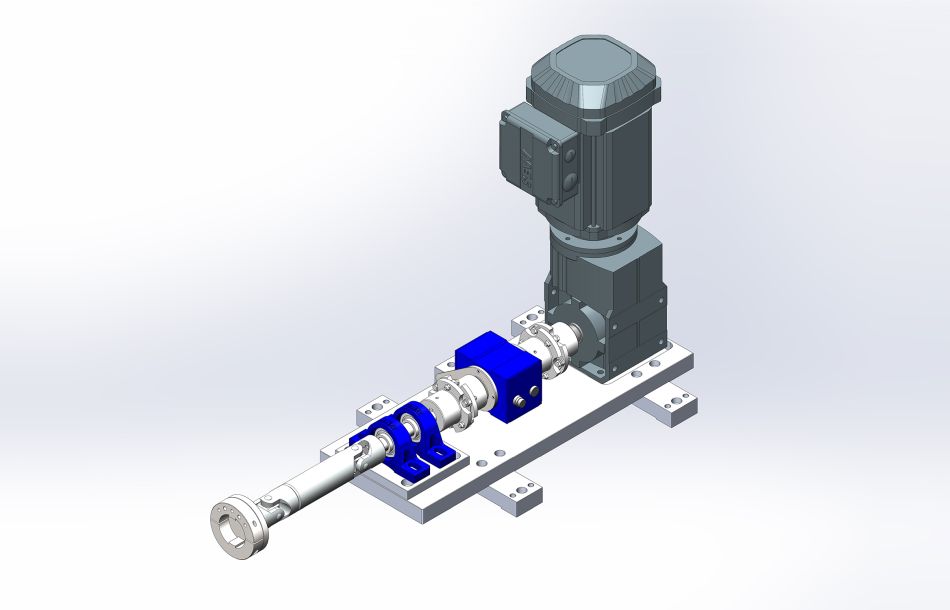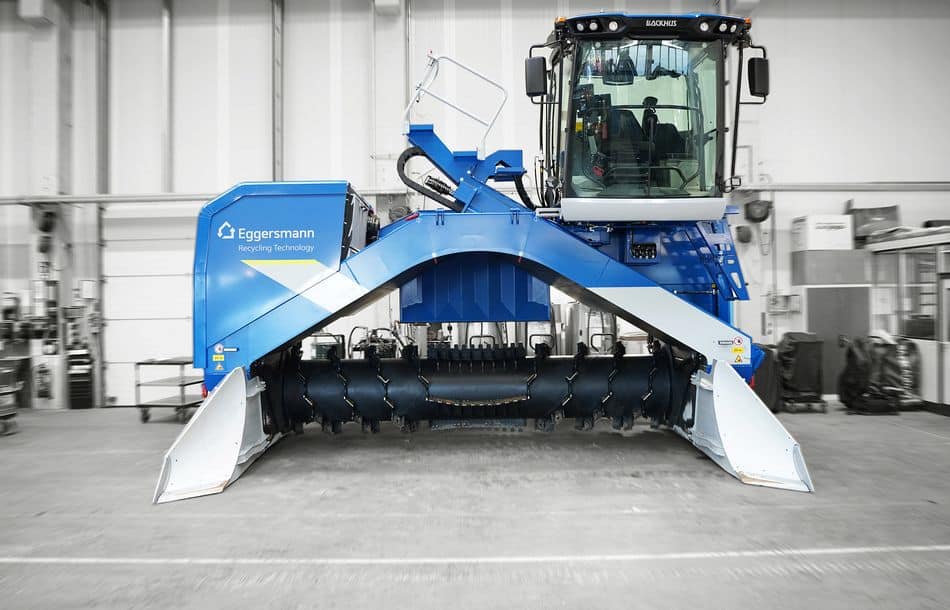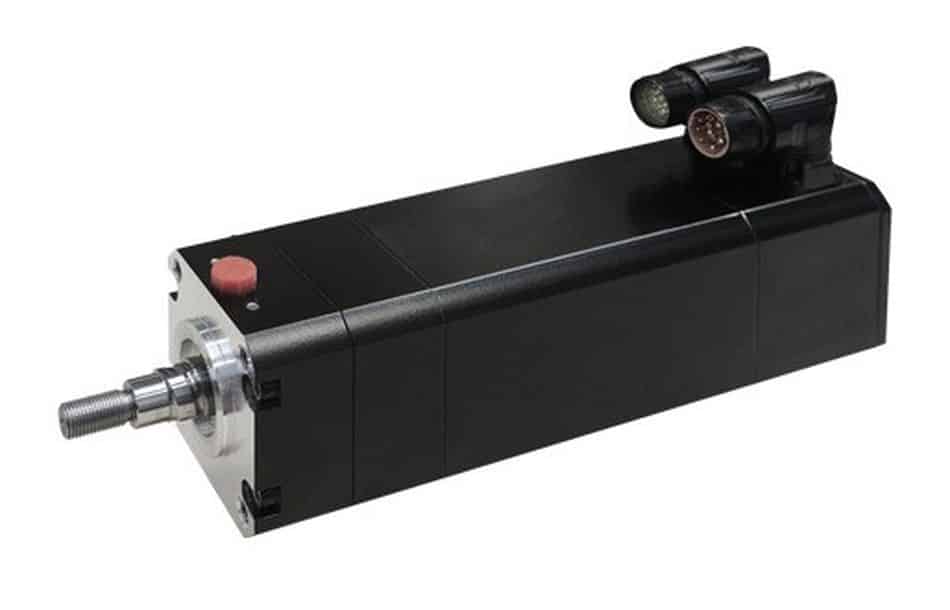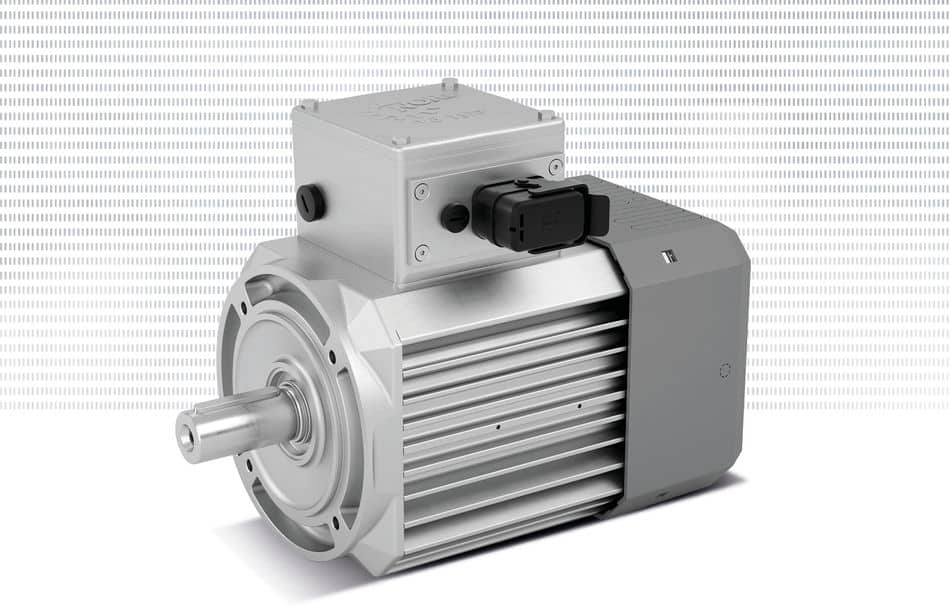Airliners are subject to tremendous loads as they land and take off, from the touchdown of the undercarriage. SGN Electrical in Sittingbourne, Kent has recently built two test rigs, one for testing the landing gear, the other for the flaps on the tail plane, that are helping ensure transoceanic-scale airliners capable of carrying hundreds of passengers can land safely and reliably every flight.
One rig tests the ballscrews used to raise and lower the tail plane flaps. Rather than just a function test, the rig simulates the high speed air flow over the aircraft while it is in flight, using a hydraulic actuator to apply a measured but varying load to the ballscrew.
The second rig is for testing the landing gear by simulating the loads on the main lead screw as the wheels are lowered and touch down. This includes the extra loads that are likely to be experienced in bad weather and the sudden shock loads that might occur in an emergency landing.
Both test rigs use a Torqsense transducer made by Sensor Technology in Banbury as their main element. Torqsense is much-favoured by test rig builders as it is a non-contact technology that uses reflected radio waves to measure the torque in a rotating shaft.
Source: Sensor Technology






